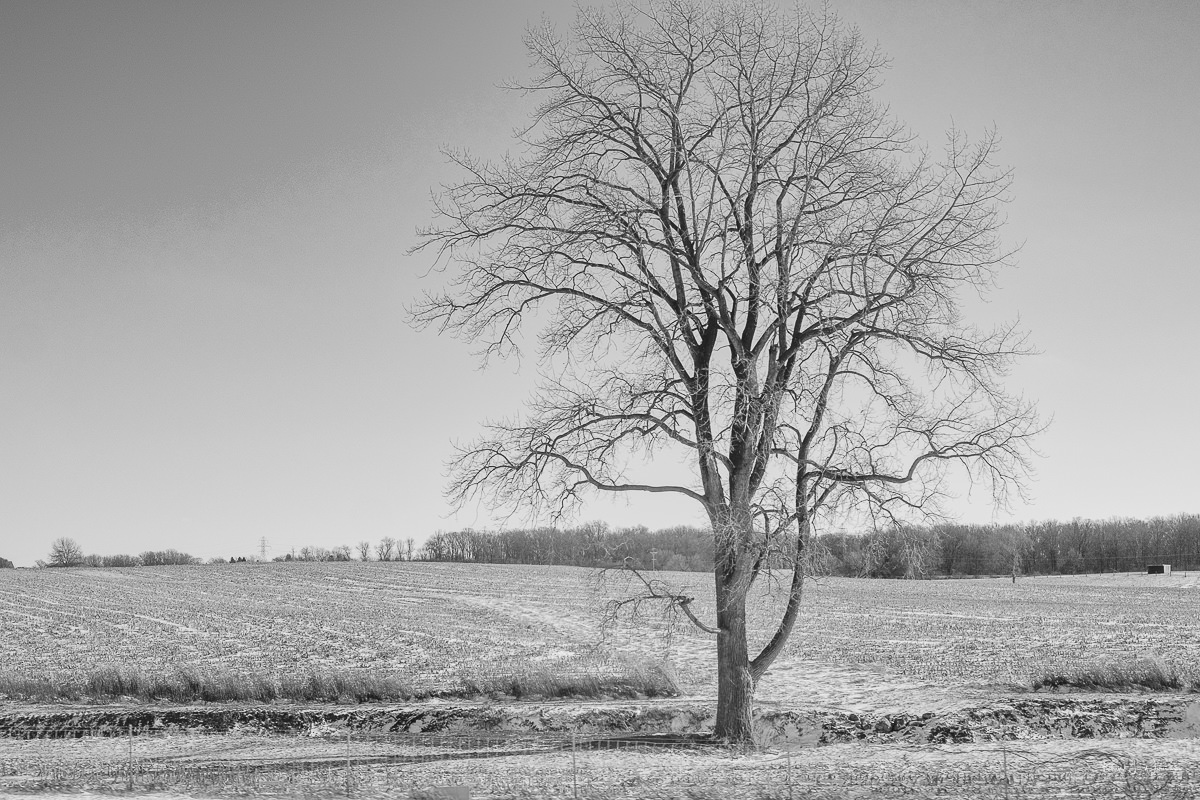Introduction
![]()
Composite decking has become a popular choice for homeowners due to its durability, low maintenance requirements, and attractive appearance. Made from a blend of wood fibers, recycled plastics, and binding agents, composite decking offers the look of traditional wood with added resistance to rot, warping, and insect damage. However, one challenge that homeowners often face is cleaning bird droppings off their composite decking.
Definition of Composite Decking
Composite decking is an outdoor flooring material that combines wood fibers, recycled plastics, and binding agents. This innovative composition provides exceptional strength and longevity, making it an appealing alternative to traditional wood decking. Its ability to withstand outdoor elements without issues like rot or insect damage has made it a preferred choice for many homeowners.
Challenges of Cleaning Bird Droppings off Composite Decking
While composite decking offers numerous benefits, removing bird droppings from its surface can be a daunting task. Bird droppings contain acidic components that, if left unattended, can cause discoloration, staining, or even etching on the decking material. These effects can compromise the deck’s aesthetics and structural integrity.
To maintain the pristine appearance and longevity of composite decking, it is crucial to promptly address bird droppings and use appropriate cleaning techniques. Cleaning bird droppings off composite decking requires specific materials and methods to ensure thorough removal without harming the decking material.
In the following sections, we will explore the steps involved in preparing for the cleaning process, provide a detailed guide on effectively removing bird droppings from composite decking, discuss finishing touches to protect the deck, and explore alternatives to cleaning bird droppings. By following these guidelines, you can restore your composite decking to its original beauty and prevent long-term damage caused by bird droppings.
Now, let’s delve into the first step: preparing for the cleaning process.
Preparing for the Cleaning Process

Before you begin cleaning bird droppings off your composite decking, it’s important to gather the necessary supplies and create a safe working environment. This section will guide you through the steps required for effective preparation.
Gathering the Supplies

To clean bird droppings off composite decking, you’ll need the following supplies:
-
Soft-bristle brush or sponge: Use a brush or sponge with soft bristles to avoid scratching or damaging the decking surface while ensuring effective cleaning.
-
Mild detergent or soap: Choose a mild detergent or soap that is safe for composite materials. Avoid harsh chemicals or bleach, as they can cause discoloration or damage. Opt for a product specifically formulated for composite surfaces.
-
Bucket of warm water: Prepare a bucket of warm water to mix with the detergent or soap for cleaning. Warm water helps dissolve the bird droppings and facilitates easier removal.
-
Garden hose or pressure washer: Have a garden hose or pressure washer on hand to rinse off the cleaning solution and bird droppings effectively. Use a gentle spray setting to avoid damaging the decking.
-
Protective gear: Consider wearing gloves and safety goggles to protect your hands and eyes during the cleaning process. This precaution safeguards against potential irritation or contact with cleaning agents.
Creating a Safe Working Environment

To ensure a safe and efficient cleaning process, follow these steps to create a suitable working environment:
-
Clear the deck: Remove furniture, plants, or other objects from the deck to provide a clear working space and prevent obstacles during cleaning.
-
Ensure proper ventilation: If using cleaning agents, ensure the area is well-ventilated to avoid inhaling any fumes. Open nearby windows or doors for better air circulation.
-
Protect nearby surfaces: Cover or move surfaces or areas you don’t want to get wet or potentially damaged during cleaning. Use plastic sheets or tarps to shield adjacent structures or plants.
-
Watch your step: Be cautious on a wet deck to avoid slipping or falling. Clean one section at a time and ensure stable footing. Consider using slip-resistant footwear for enhanced traction.
-
Protect yourself from bird droppings: Bird droppings may contain bacteria or parasites, so it’s essential to protect yourself. Wear disposable gloves and consider using a mask when handling or cleaning bird droppings. Dispose of waste properly.
By gathering the necessary supplies and creating a safe working environment, you’ll be well-prepared to tackle the task of cleaning bird droppings off your composite decking. The next section will provide a step-by-step guide to the cleaning process, ensuring a thorough and effective outcome.
Step-by-Step Guide to Cleaning Bird Poop off Composite Decking

Pre-treating the area
Before you begin cleaning, it’s crucial to pre-treat the bird droppings to prevent bacterial spread and minimize staining. Follow these steps:
- Gently scrape off any excess or dried bird poop using a plastic scraper or putty knife. Be careful not to scratch the surface.
- For stubborn or dried-on droppings, moisten the area with water and let it soak for a few minutes. This loosens the debris, making it easier to remove later.
Wetting the deck and applying cleaning solution

Properly wetting the deck and applying a suitable cleaning solution is essential for effective removal of bird droppings. Follow these steps:
- Thoroughly wet the entire composite decking surface with a garden hose or pressure washer on a low setting. This helps loosen dirt, debris, and any remaining droppings.
- Prepare a cleaning solution by mixing a mild detergent or composite deck cleaner with water, following the manufacturer’s instructions. Avoid harsh chemicals or bleach as they can damage the composite material.
- Apply the cleaning solution to the affected areas, focusing on the bird droppings. Use a soft-bristle brush or deck scrub brush to gently work the solution into the deck, ensuring thorough coverage.
Scrubbing the deck
Scrubbing the deck is a critical step in removing bird poop stains and residue from the composite decking. Follow these steps:
- With the cleaning solution applied, use the brush to scrub the composite decking surface in a circular motion. Pay extra attention to areas with bird droppings, applying gentle pressure to remove stubborn stains.
- Continue scrubbing until the entire deck surface is clean and free from bird poop residue.
Rinsing the deck
Thoroughly rinsing the deck is essential to remove any remaining cleaning solution and debris. Follow these steps:
- Use a garden hose or pressure washer on a low setting to thoroughly rinse the composite decking surface. Start from one end and work your way to the other, ensuring all cleaning solution and debris are washed away.
- Pay close attention to areas previously affected by bird droppings, ensuring no residue or cleaning solution remains.
- Allow the deck to air dry completely before proceeding to the next steps in the cleaning process.
By following these step-by-step instructions, you can effectively clean bird poop off composite decking and restore its appearance. The next sections will cover the remaining steps to finish the cleaning process, as well as alternative methods to deal with bird droppings on composite decking.
Finishing the Cleaning Process

To ensure your composite decking stays in top shape, it’s important to take a few final steps: applying a sealant and ensuring the deck is completely dry before using it again.
Applying a Sealant to Protect the Deck
Composite decking is known for its durability and low-maintenance qualities, but adding a sealant can enhance its longevity and protect it from stains, fading, and moisture damage.
Before applying the sealant, make sure your composite decking is clean and dry. Remove any remaining bird droppings or debris using the methods discussed earlier.
Choose a high-quality composite deck sealant specifically designed for use on composite materials. Look for a product that provides UV protection, water repellency, and mold/mildew resistance.
Follow the manufacturer’s instructions for application. You can use a brush, roller, or sprayer to apply the sealant. Work in small sections to ensure thorough coverage and apply an even coat.
Allow the sealant to dry completely according to the manufacturer’s recommendations, which usually takes a few hours or longer, depending on the product and weather conditions.
Keep in mind that composite decking may require resealing every few years, depending on factors such as climate, sun exposure, and foot traffic. Regularly inspect the deck for signs of wear and reapply the sealant as needed to maintain its protective properties.
Ensuring the Deck is Completely Dry Before Using
After cleaning the bird droppings off your composite decking and applying a sealant, it’s crucial to allow the deck to dry completely before using it again. This step ensures that the sealant properly cures and provides optimal protection.
To ensure the deck is completely dry, consider the following tips:
-
Check the weather forecast: Avoid cleaning the deck or applying sealant if rain or high humidity is expected within the drying period. Moisture can interfere with the drying process and affect the effectiveness of the sealant.
-
Allow sufficient drying time: The drying time can vary depending on weather conditions and the type of sealant used. Generally, it takes a few hours to a full day for the sealant to dry completely. Refer to the manufacturer’s guidelines for specific drying times.
-
Ensure adequate ventilation: During the drying process, make sure the deck has proper airflow. Open windows, doors, or use fans to facilitate air circulation. This helps evaporate any residual moisture, expediting the drying time.
-
Perform a touch test: Before using the deck, lightly touch the surface to ensure it feels dry and there’s no tackiness. Avoid walking or placing furniture on the deck until it is completely dry.
By allowing the deck to dry thoroughly, you reduce the risk of moisture-related issues and ensure the sealant’s effectiveness in protecting the composite decking from future bird droppings and other contaminants.
Remember to follow the manufacturer’s instructions for both the sealant application and drying time to achieve the best results.
Alternatives to Cleaning Bird Poop from Composite Decking
![]()
Cleaning bird poop off composite decking can be a challenge, but there are effective alternatives to consider. In this section, we will explore two options: hiring a professional cleaner and applying a barrier to prevent bird droppings.
Hiring a Professional Cleaner

Enlisting the services of a professional cleaner is a viable solution for removing bird poop from composite decking. These experts possess the knowledge, experience, and specialized equipment needed to tackle stubborn stains and ensure a thorough cleaning process.
Professional cleaners understand the unique requirements of composite decking and can employ appropriate techniques without causing damage. They may use environmentally friendly cleaning products designed for composite materials, ensuring the longevity and appearance of your decking.
When hiring a professional cleaner, it’s important to research and choose a reputable provider with experience working with composite materials and positive customer reviews. By selecting a trustworthy cleaner, you can have peace of mind knowing your composite decking is in capable hands.
Applying a Barrier to Prevent Bird Droppings
Prevention is key when it comes to bird droppings on composite decking. Applying a barrier can help mitigate the issue. There are two effective options: installing bird netting or wire mesh, or using bird repellent products.
Installing bird netting or wire mesh above the decking area creates a physical obstruction that prevents birds from landing and defecating on the surface. Ensure the netting or mesh is tightly secured for maximum effectiveness.
Alternatively, you can use bird repellent products available as gels, sprays, or spikes. These products contain ingredients that birds find unpleasant, such as natural oils or harmless chemicals. Follow the manufacturer’s instructions and select products specifically formulated for use on composite decking to avoid potential damage or discoloration.
Before applying any barrier or repellent product, consult the manufacturer’s guidelines and conduct a small test on an inconspicuous area to ensure compatibility and avoid adverse effects.
By considering these alternatives, you can maintain a clean and pristine composite decking surface while minimizing the hassle of cleaning bird poop.
Note: Always refer to your composite decking manufacturer’s guidelines for cleaning, maintenance, and warranty considerations.
Conclusion

Cleaning bird poop off composite decking requires the right approach, but it can be effectively accomplished. Here is a summary of the steps involved:
-
Preparing for the Cleaning Process: Gather the necessary supplies and create a safe working environment.
-
Step-by-Step Guide to Cleaning Bird Poop off Composite Decking:
- Pre-treat the area by removing loose debris and feathers.
- Wet the deck and apply a cleaning solution, such as mild dish soap or a composite deck cleaner.
- Gently scrub the affected area using a soft-bristle brush or sponge.
- Rinse the deck thoroughly with clean water to remove the cleaning solution and bird poop residue.
- Repeat the process if necessary.
- Allow the deck to dry naturally before using it again.
-
Finishing the Cleaning Process: Consider applying a sealant to protect the deck and ensure it is completely dry before use.
In addition to cleaning, there are alternative methods to deal with bird poop on composite decking:
-
Prevention: Implement bird deterrent measures such as installing bird spikes, scare devices, or netting around the decking area to discourage birds from perching or nesting.
-
Prompt Removal: Regularly inspect the decking for bird droppings and promptly remove them to prevent staining or damage.
-
Natural Cleaning Solutions: Some homeowners prefer using eco-friendly cleaning solutions like vinegar or baking soda mixed with water to clean bird poop off composite decking.
-
Commercial Cleaners: Specialized composite deck cleaners formulated to effectively remove bird droppings and stains without damaging the decking material are available in the market. Follow the manufacturer’s instructions when using these products.
-
Professional Cleaning Services: For those who prefer to leave the task to experts, hiring professional cleaning services is an option worth considering.
By following the steps outlined in this guide or exploring alternative methods, you can maintain the cleanliness and integrity of your composite decking while effectively addressing bird poop. Remember to prioritize safety, protect the environment, and choose the method that best fits your needs.
In conclusion, cleaning bird poop off composite decking requires patience, proper tools, and the right approach. With the knowledge gained from this guide, you can confidently tackle this task and enjoy a clean and well-maintained composite deck.
Frequently Asked Questions
FAQ
1. How often should I clean bird droppings off my composite decking?

The frequency of cleaning bird droppings off your composite decking depends on the extent of the issue and your personal preference. It is recommended to check your decking regularly for bird droppings and clean them promptly to prevent staining or damage. If you notice a significant buildup or discoloration, it’s best to clean the affected areas as soon as possible.
2. Can I use bleach to clean bird droppings off composite decking?

No, it is not recommended to use bleach for cleaning bird droppings off composite decking. Bleach can cause discoloration, damage, or even strip away the protective coating of the decking material. Instead, opt for mild detergents or composite deck cleaners that are specifically formulated for use on composite surfaces.
3. Are there any eco-friendly cleaning solutions for removing bird droppings from composite decking?
Yes, there are eco-friendly cleaning solutions that can effectively remove bird droppings from composite decking. Some homeowners prefer using natural ingredients like vinegar or baking soda mixed with water as alternative cleaning solutions. These options are environmentally friendly and can be a good choice for those who prefer to avoid harsh chemicals.
4. Can I use a pressure washer to clean bird droppings off composite decking?
![]()
Yes, you can use a pressure washer to clean bird droppings off composite decking. However, it’s important to use a low-pressure setting and maintain a safe distance from the decking surface to avoid causing damage. High-pressure settings or holding the pressure washer nozzle too close to the deck can potentially etch or gouge the composite material.
5. How can I prevent birds from landing and defecating on my composite decking?
![]()
To prevent birds from landing and defecating on your composite decking, you can consider installing bird deterrent measures. This includes using bird spikes, scare devices, or netting around the decking area to

Leave a Reply